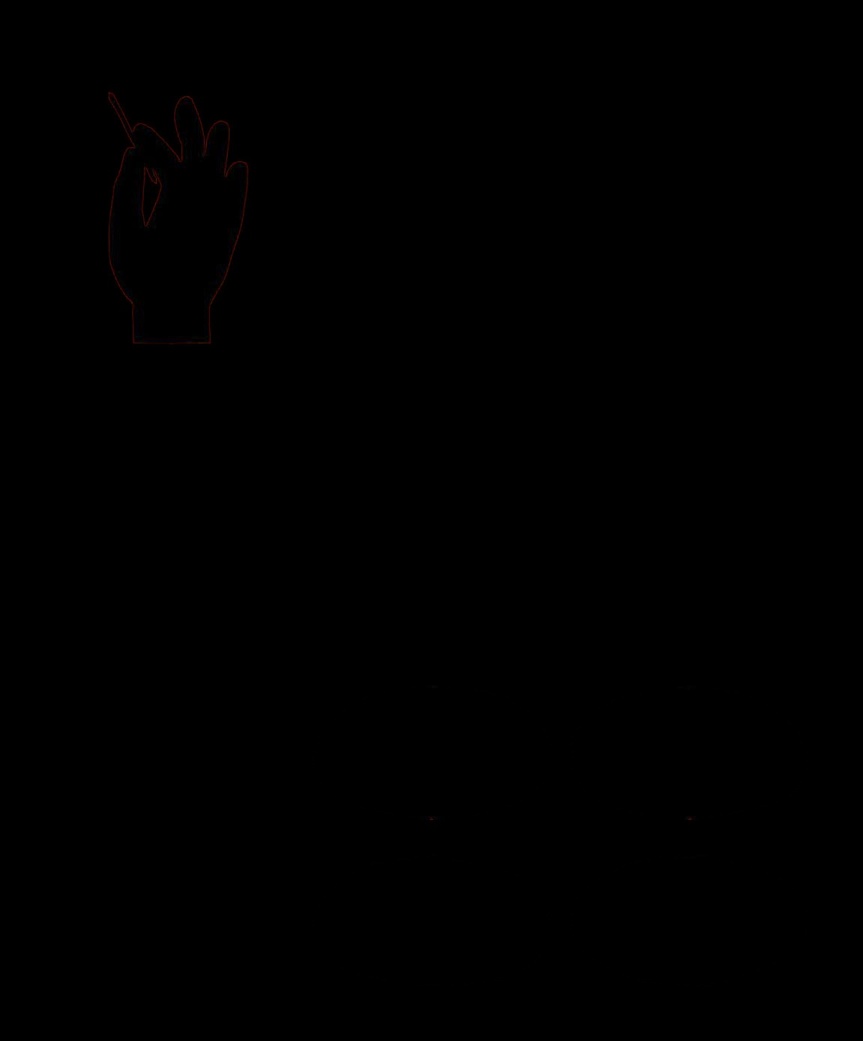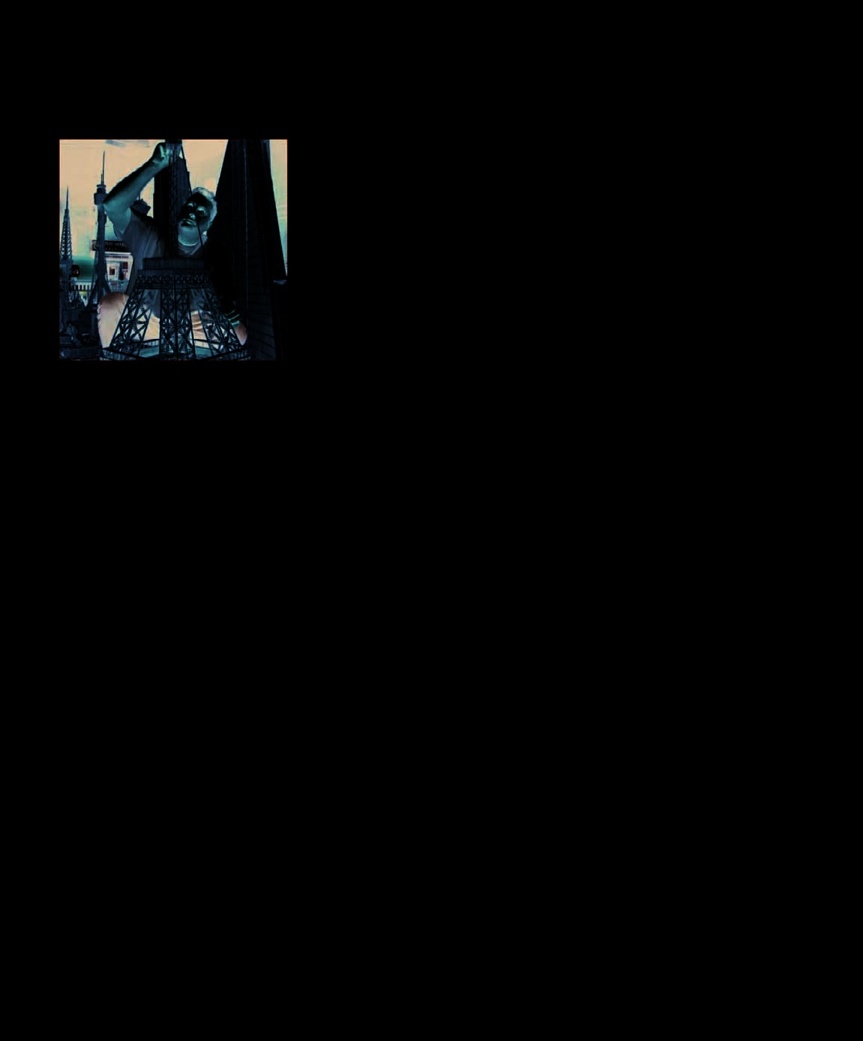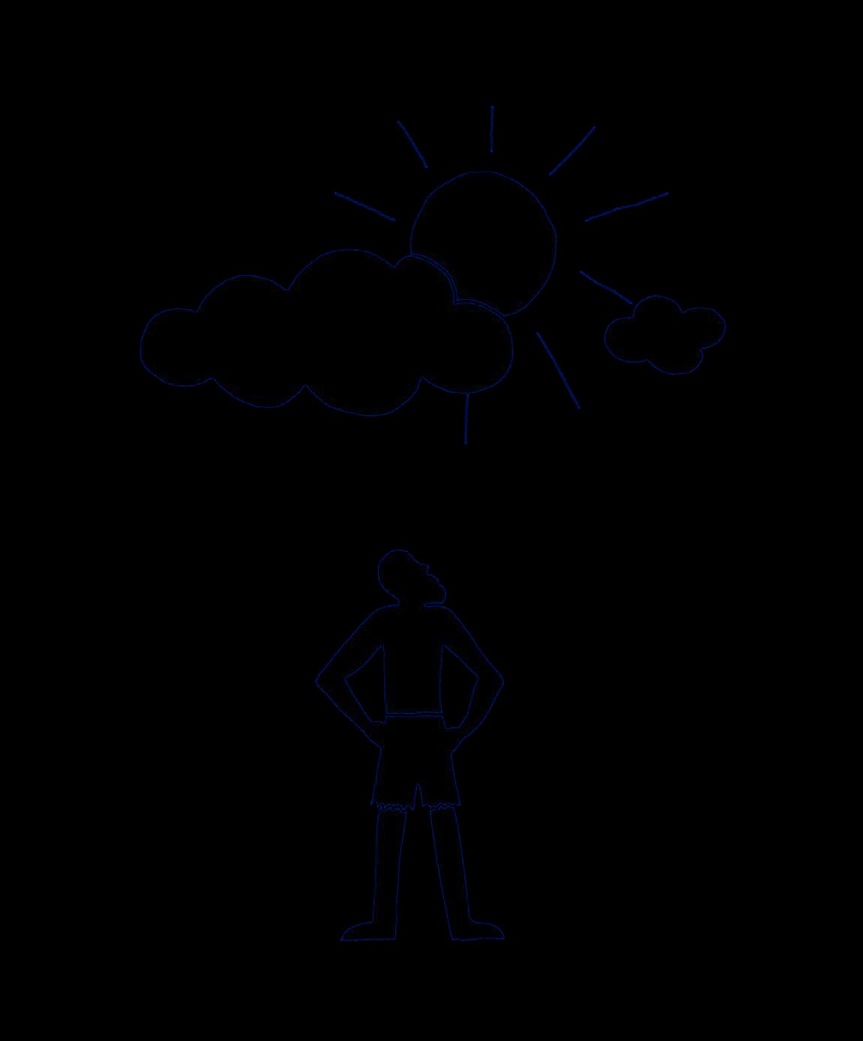The Psychology Book (96 page)
Read The Psychology Book Online
Authors: Unknown

1947-70S
1954
1968
1986
1950
1955
1973
1990S
J.P. Guilford suggests that
David Wechsler
David Rosenhan
Researchers agree on the
the
Structure of Intellect
develops the
questions the validity of
“big five” personality
(SI) has three dimensions:
Wechsler Adult
psychiatric notions of
traits
—openness,
content, products, and
Intelligence Scale
normal or sane in his
conscientiousness,
operations.
(WAIS).
pseudo-patient
extraversion, neuroticism,
experiments
.
and agreeableness.
reaction to various circumstances.
was assumed to be an inherited
up general intelligence. This notion
Not only was personality found to
characteristic (and carried with it
of a single measure of intelligence
be less consistent than had been
connotations of racial stereotypes
was challenged by J.P. Guilford, who
assumed, but in some cases there
and eugenics) rather than one
believed that intelligence consists of
was the possibility of an individual
influenced by environment. The
a number of different abilities, an
having more than one distinct
issue of nature versus nurture in
idea that led to Raymond Cattell’s
personality. In a case made famous
determining intelligence became
theory of fluid and crystallized
by a book and film,
The Three Faces
key, with psychologists including
intelligence—two levels of
of Eve
, psychiatrists Corbett H.
Raymond Cattell and Hans Eysenck
reasoning and critical thinking.
Thigpen and Hervey M. Cleckley
defending a hereditary viewpoint,
Research into other areas of
described multiple personality
and others arguing that not only is
psychological difference has
disorder, now called dissociative
intelligence affected by environment,
included emotions and facial
identity disorder.
but the way it is tested is culturally
expressions, pioneered by Paul
biased, giving distorted results.
Ekman and Nico Frijda, and
The intelligence factor
In the early 20th century, British
psychological disorders, but David
Another factor that distinguishes
psychologist Charles Spearman had
Rosenhan’s experiment showed
us as individuals is intelligence.
laid the foundations for a more
that it is not easy to distinguish
This had been studied from the
objective, scientific study of
the “normal” from the “abnormal.”
earliest days of psychology, but
intelligence by using statistical
Individual differences appear to
had proved difficult to define or
techniques to test and measure
be points on a spectrum, rather
measure. Studies are also frequently
intelligence. He identified a single
than easily labeled divisions—
controversial; since the time of
factor, the “g factor,” that correlated
highlighting the complexity and
Darwin and Galton, intelligence
to all the mental abilities that make
diversity of human psychology. ■

304
NAME AS MANY USES
AS YOU CAN THINK OF
FOR A TOOTHPICK
J.P. GUILFORD (1897–1987)
IN CONTEXT
APPROACH
A
lthough intelligence, and children who might benefit from
what makes up intelligence,
educational assistance. Together
had been discussed since
with researcher Theodore Simon, he
the time of ancient Greece, the first
created the “Binet–Simon Scale,”
Intelligence psychometrics
systematic method of measuring
which used memory, attention, and
BEFORE
intelligence was not developed until
problem-solving tasks to measure
1905, when the French psychologist
and produce a number, or “quotient,”
19th century
Wilhelm Wundt,
Alfred Binet was asked to identify
that summarizes intellectual ability.
Gustav Fechner, and Francis
Galton claim that individual
differences in people’s
cognitive abilities can be
empirically measured.
Questions of
memory
and
Problems requiring
simple
problem-solving
…
creative solutions
…
1904
British psychologist
Charles Spearman claims
intelligence can be summed
up in a single number.
1938
British psychologist
L.L. Thurstone identifies seven
…can be answered using
…can be solved using
independent factors that make
convergent thinking
–
divergent thinking
–
up a person’s “primary
the ability to come up with
exploring many possible
abilities” or intelligence.
one “correct” answer.
avenues at once.
AFTER
1969
Philip E. Vernon
estimates that intelligence
is 60 percent inborn.
1974
US psychologist Ellis
This requires a new
This can be tested
Paul Torrence produces his
form of testing that includes
using
standardized
own tests of creativity, which
both
problem-solving
intelligence (IQ) tests.
are most widely used today.
and imagination
.

PSYCHOLOGY OF DIFFERENCE 305
See also:
Alfred Binet 50–53 ■ Raymond Cattell 314–15 ■ Hans J. Eysenck 316–21 ■ William Stern 334 ■
David Wechsler 336
it has fundamental flaws. Standard
happen if all national and local laws
intelligence tests, he says, ignore
were suddenly abolished. Guilford
creativity and assume that there is
scored the answers on levels of four
a “general intelligence” that can be
key components: originality,
represented by an IQ score.
fluency, flexibility, and elaboration.
Guilford claims that intelligence
Measuring creativity
is not made up of just one “general
By definition, creativity means there
factor,” but of three different groups
is more than one answer to any
of activities. “Operations” are the
problem. It requires a different kind
intellectual processes we use; there
of thinking, which Guilford calls
are six types of these, including
“divergent,” since it goes in different
memory, cognition, and evaluation.
directions and produces multiple
“Content” is the type of information
solutions to a problem. In contrast,
or data involved—there are five of
Creative minds see even toothpicks
as potentially having hundreds of uses.
traditional IQ tests require thinking
these, including visual and auditory
Guilford’s “Alternative Uses Test” scores
that ends up with a single answer:
content. “Products” are the results of
people on their ability to think of many
“convergent” thinking.
applying operations to content, such
original and widely assorted alternatives.
Guilford thought that creativity
as classes or relations, and there
was measurable—it is indicated by
are six of these. The many ways in
The average intelligence quotient
the number of directions in which a
which we combine and use these
(IQ) was set for convenience at 100,
person’s thoughts travel. He devised
different types means there may be
allowing psychologists to categorize
a number of tests to quantify
anything up to 180 (6 × 5 × 6) types
people in relation to this score. In
divergent thinking, including his
of intelligence—more than 100 of
practice, around 95 percent of the
1967 “Alternative Uses Test,” which
these have already been verified.
general population score between
asks participants to write as many
The complexity of Guilford’s
70 and 130, and the top 0.5 percent
uses as they can think of for: (a) a
theory and problems with testing
score over 145, the “genius” level.
toothpick, (b) a brick, and (c) a paper
mean that his tests are used less
Although the scale is still
clip. In his “Consequences Test,”
frequently than standard IQ tests,
used for most IQ tests today, US
subjects were asked to imagine all
but his work has influenced research
psychologist J.P. Guilford believes
the things that might possibly
into intelligence and creativity. ■
World War II—until his
J.P. Guilford
retirement in 1967. Described as
Joy Paul Guilford was born on
a devoted family man of
a farm in Nebraska. Always
enormous integrity and
markedly intelligent, he was the
generosity, his shyness earned
The person who is
valedictorian of his high school
him the nickname “gray ghost”
class. His bachelor’s degree in
during his time in the army. An
capable of producing
psychology was interrupted by a
influential and prolific
a large number of ideas
spell in the army as a private,
researcher, Guilford produced
per unit of time… has a
but he went on to earn a PhD
more than 25 books, 30 tests,
greater chance of having
from Cornell University. In 1928,
and 300 articles.
significant ideas.
he returned to Nebraska as an
J.P. Guilford
associate professor, then took a
Key works
position at the University of
Southern California (USC) in
1936
Psychometric Methods
1940, remaining there—apart
1967
The Nature of Human
from a short secondment during
Intelligence

DID ROBINSON CRUSOE
LACK PERSONALITY TRAITS
BEFORE
THE ADVENT OF
FR
GORDON ALLPORT (1897–1967)
IDAY?

